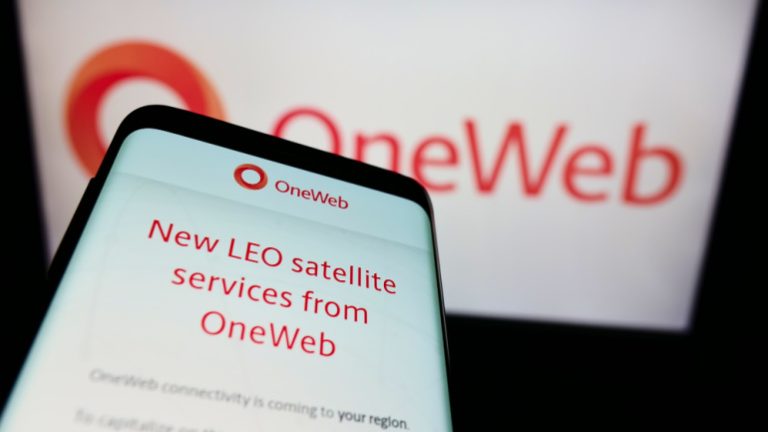
US cable company Comcast recently launched its industry-first trial of Low Latency DOCSIS (LLD), a technology aimed at improving network performance for latency-sensitive applications. Developed by non-profit R&D organization CableLabs in 2019, LLD is based on the Internet Engineering Task Force (IETF)’s Low Latency Low Loss Scalable Throughput (L4S) standards, which provide a method for processing data packets from latency-sensitive applications in a way that doesn’t impact bandwidth.
The trial, announced by Jason Livingood, Comcast VP of Technology Policy, Last Mile Product, Research and Standards, involves significant partners such as Apple, NVIDIA, and Valve. The goal is to make the technology available to customers by the end of 2023 as part of the Xfinity 10G Network, potentially transforming the performance of interactive applications and setting the stage for new consumer use cases.
Livingood didn’t go into details about which Apple apps and services will utilize LLD but hinted at the recent Worldwide Developer Conference (WWDC) presentation, which revealed that iOS 17, iPadOS 17, macOS Sonoma, and tvOS 17 all support L4S, enabling devices to offer seamless streaming experiences, like with FaceTime.
NVIDIA is using LLD technology to enhance the latency performance of its GeForce Now cloud gaming service. There’s no specific information about Valve’s objectives for the field trial, but it’s plausible to assume that LLD will improve the performance of its multiplayer games.
Comcast is actively seeking more companies to participate in the trial and encourages interested parties to get in touch. Furthermore, Xfinity customers in trial markets who lease an Xfinity 10G gateway or own an Arris S33 or Netgear CM1000v2 gateway are eligible to participate by completing a survey on the Xfinity Insights Community portal.
With the initial trials just beginning, Livingood expressed excitement for the planned upgrades in 2023 and beyond, as Comcast continues to focus on delivering top-tier connectivity experience to millions of consumers.




